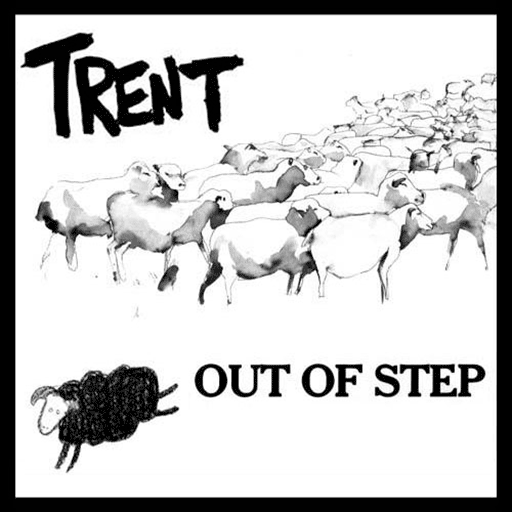How U.S. Policy Turned the Sonoran Desert Into a Graveyard for Migrants (Published 2020)
Roberto Primero Luis set out across the U.S.-Mexico border last year as previous Guatemalan migrants had. But the crossing has changed.
Link: https://www.nytimes.com/2020/08/18/magazine/border-crossing.html
“Prevention through deterrence” worked. Apprehensions increased, reaching a peak of nearly 1.7 million in 2000. So did deaths. Migrant deaths weren’t new. People had always died trying to cross. It was where they were dying now, and how. Previously, the most common forms of death involved traffic accidents or drowning; migrants were hit by vehicles as they tried to run across Interstate 10 into El Paso, for instance, or went under when the Tijuana River flooded. Now they were dying on ranch lands and in mountain ranges and in the desert, of exposure, dehydration, heat stroke. Certain victims the desert took quickly. Others suffered more. “It is not unusual to find bodies of migrants who in a confused state have removed their clothing in freezing weather or attempted to drink desert sand to satisfy thirst in extreme heat,” according to one report from the American Civil Liberties Union and Mexico’s National Human Rights Commission. “Disoriented, migrants sometimes fall on cacti or rocks, suffering blunt trauma and lacerations in different parts of the body.”
